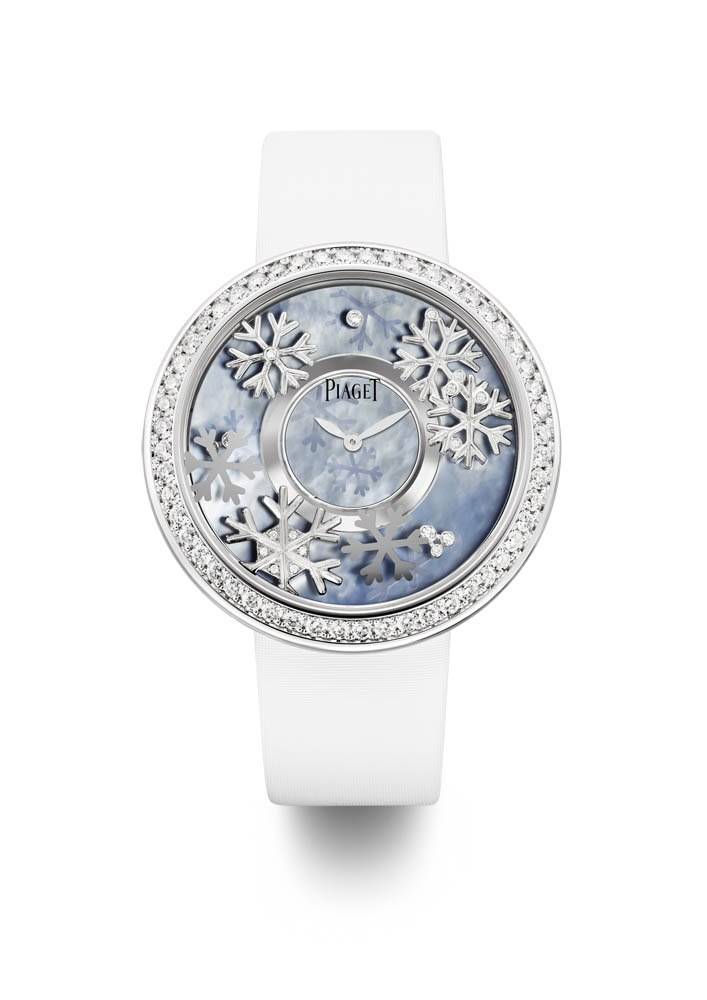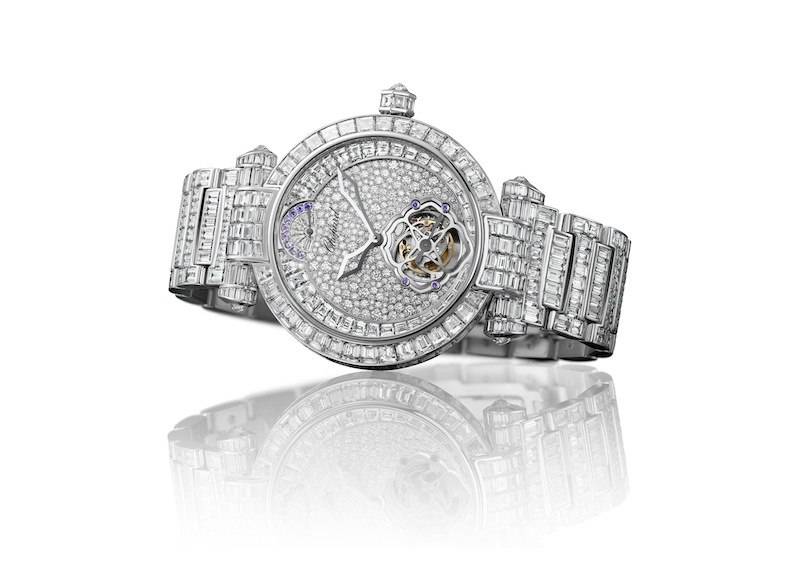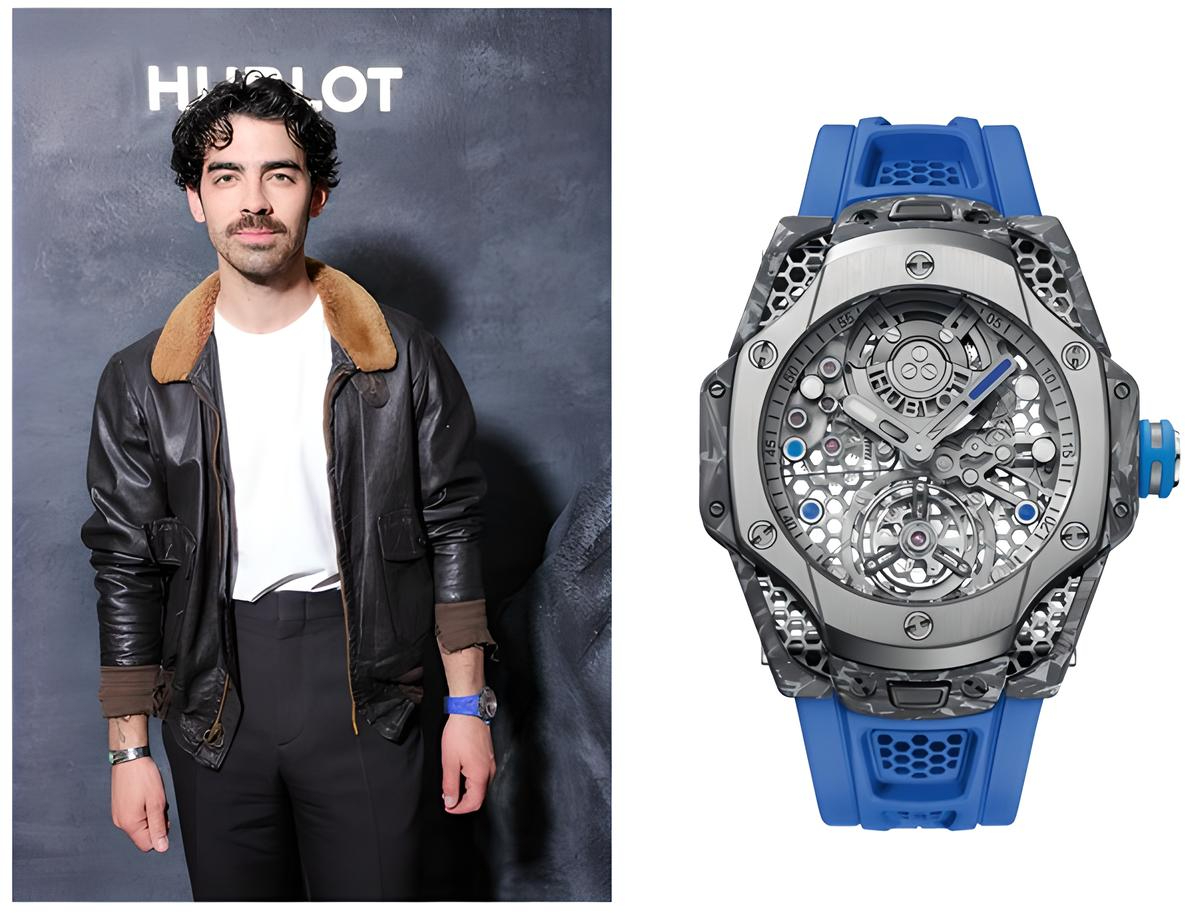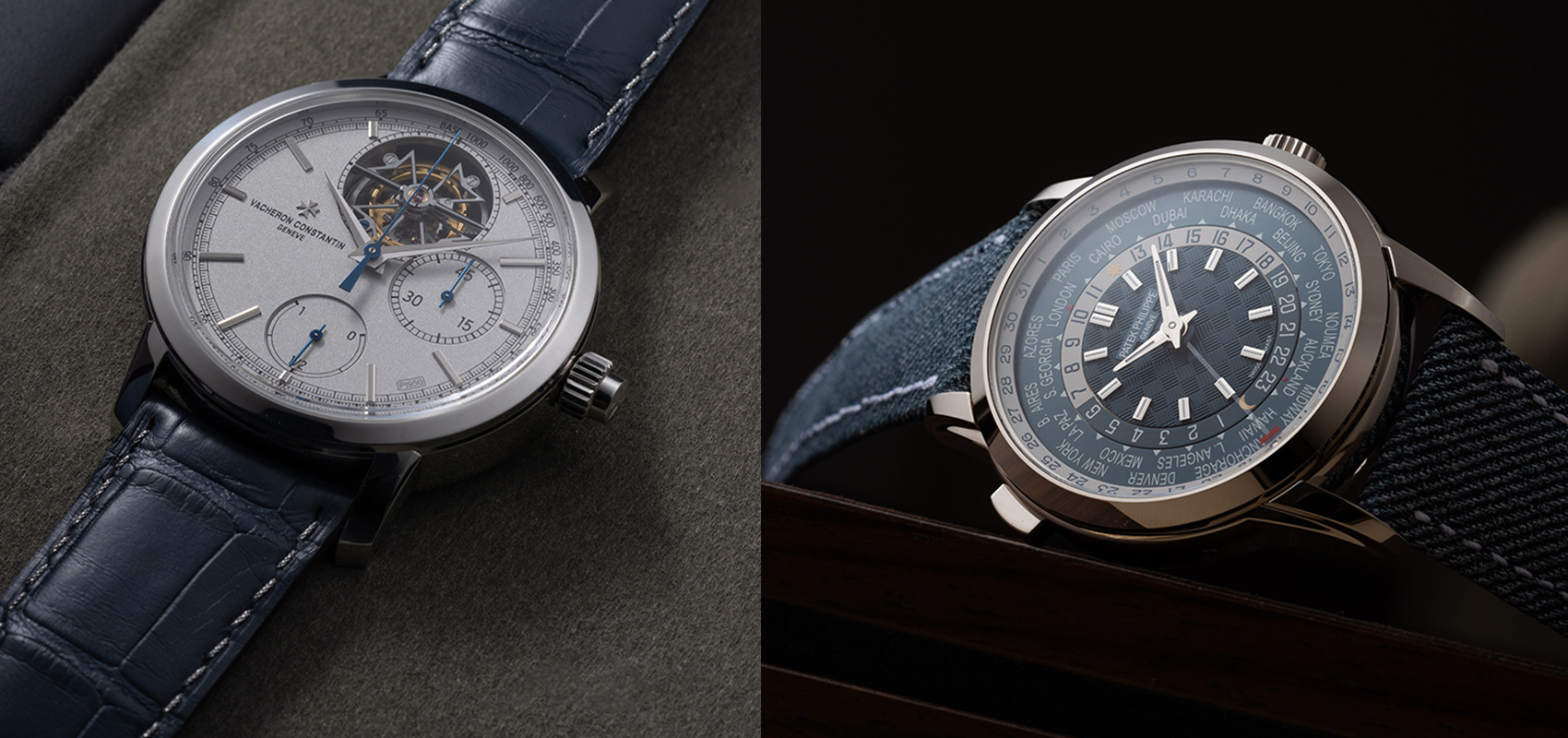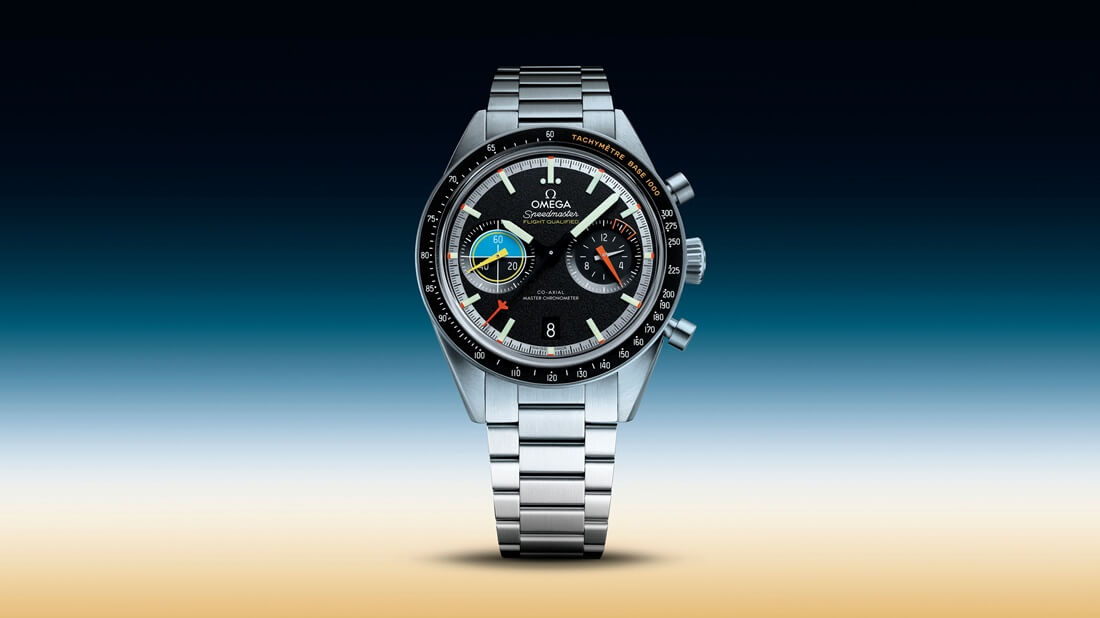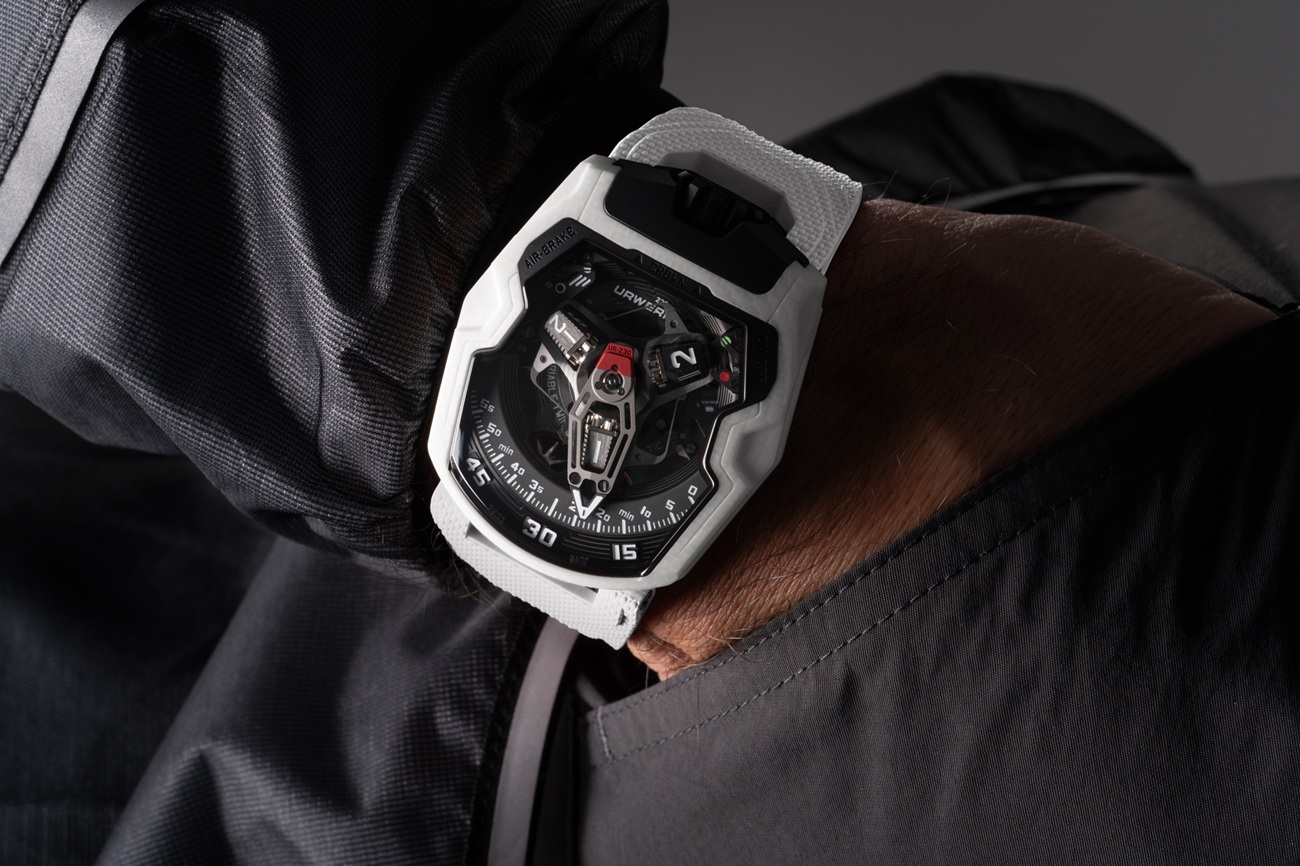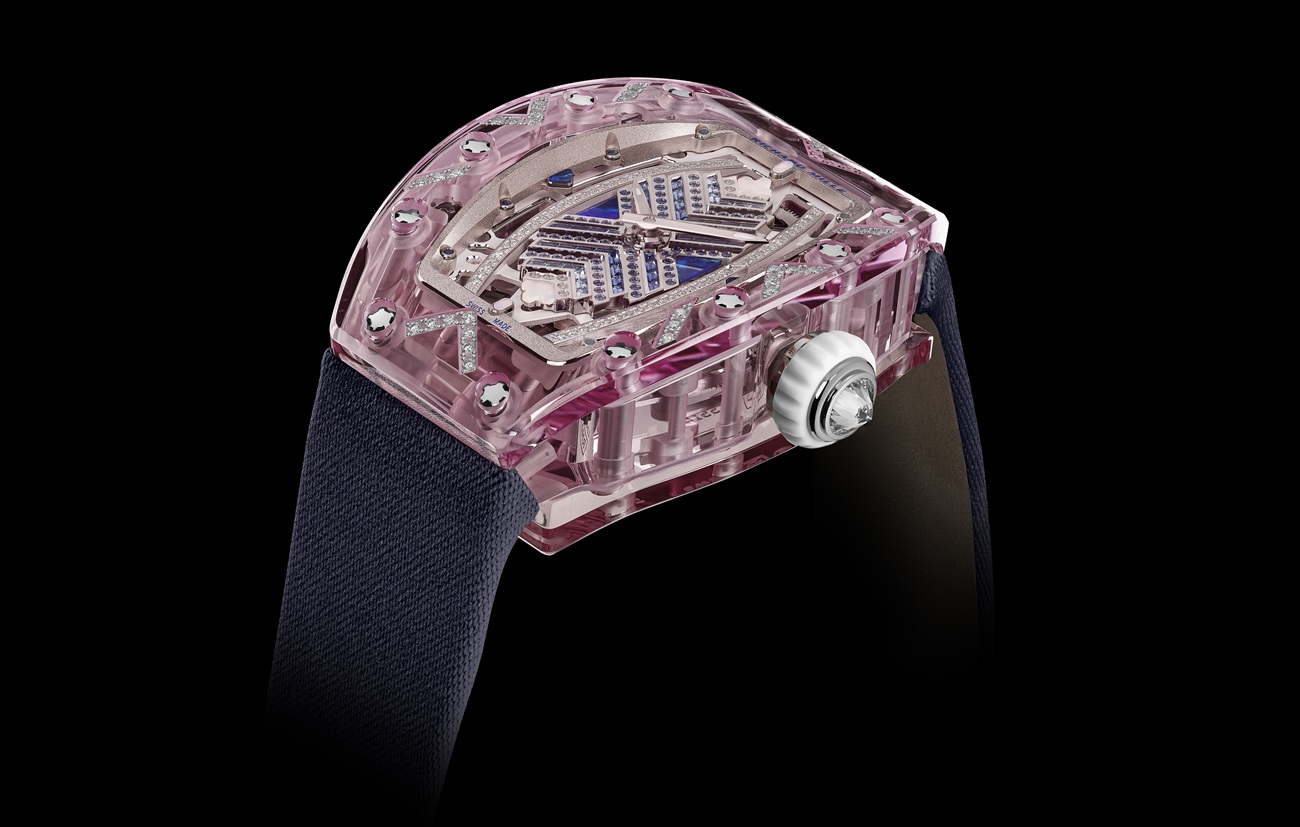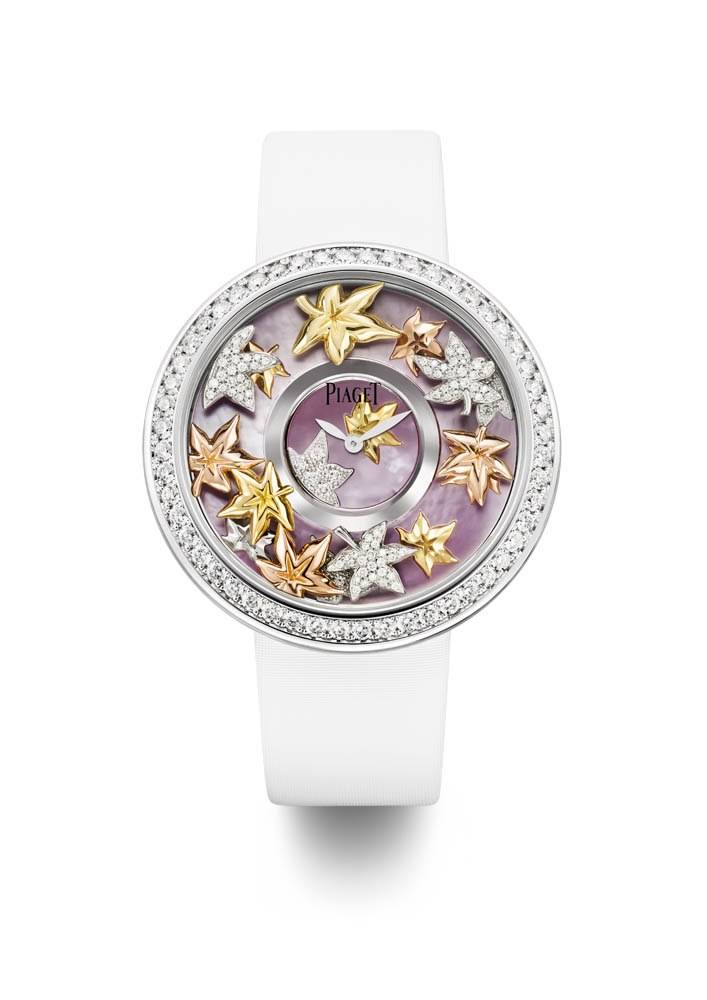
Diamond Delights: A Look At The Some Of The Best Jewelry Timepieces
In my view, jewelry watches are undervalued by the typical watch aficionado. Most of the hobbyists and bloggers who write online about watches are connoisseurs of the timepiece, and they rave about new movements and inventions, often with great insight. But when it comes to watchmaking’s metiers d’art, they hit a wall.
Of the metiers that do get some press, marquetry and enamelling seem to be the stars of the show, even among the journalists who are very good at covering watches. I think gemsetting is perceived as unchallenging, and girly. I am under strict instructions by one of the magazines I write for not to cover watches with diamonds – not masculine enough, they say. As a gemologist as well as a journalist, however, I have always had an appreciation for the talents of the master gemsetter. Matching and setting diamonds cleanly and expertly is not as easy-peasy as it looks.
Chopard, Piaget, Cartier, Breguet and Van Cleef & Arpels, all respected watchmakers, also happen to be masters of the jewelry watch. Take the four new watches – one for each season – in Piaget’s Limelight Dancing Light collection. Just slicing the mother-of-pearl requires a sure hand and a lot of experience – it is an extremely delicate material and there can be a lot of breakage in the process of preparing pieces for marquetry. Gold motifs are then appliqued onto the dial, into which diamonds are cut to fit, and then set often into uneven surfaces that are not easy to work with. Each piece takes anywhere from 3 to 12 months to create.
Chopard’s Imperiale Tourbillon is another example of the incredible craftsmanship involved in gemsetting. Each of the 454 diamonds (48 carats) set into the watch, including rounds, baguettes, tapered baguettes, briolettes and ovals, is custom cut to fit the design. The dial is set using the snow setting technique, which is particularly hard to master because it combines brilliant-cut diamonds of varying diameters, set to reveal as little of the metal as possible. Because they are of varying sizes, they all catch the light in a different way, which makes them twinkle like snow, hence the name.
Every brand by now has a tourbillon; but can every brand set diamonds like this?
Like Haute Time? Join our Facebook page or follow us on Twitter @hautetime.
 SIGN UP
SIGN UP

